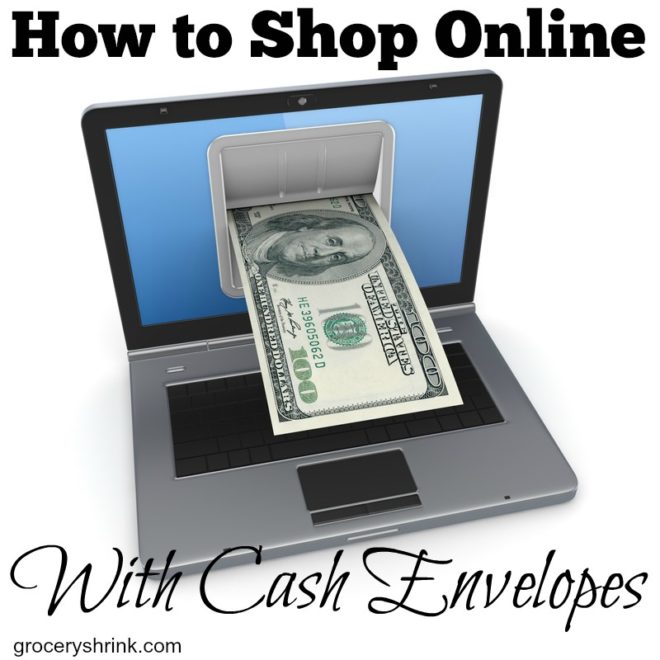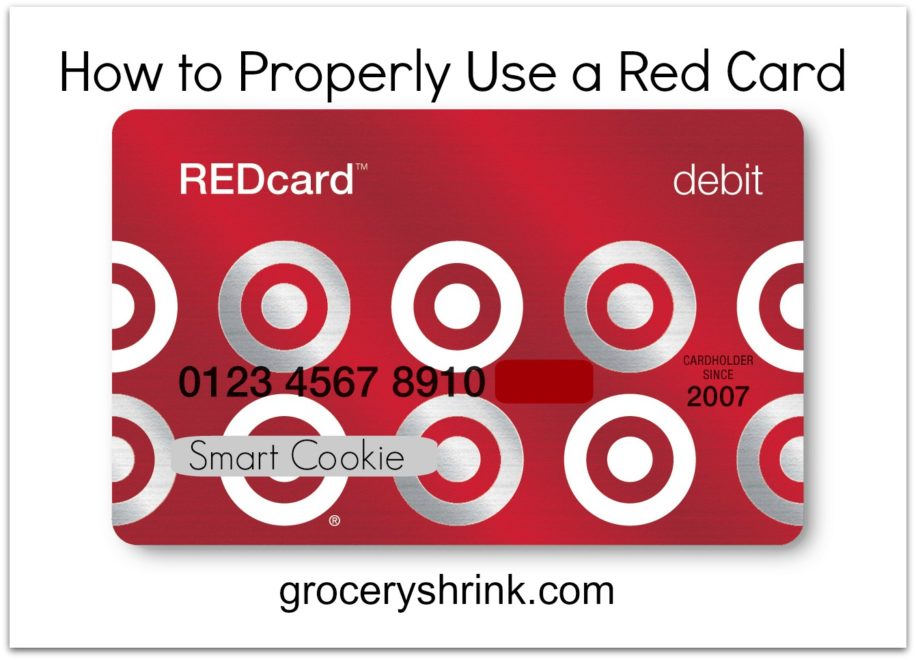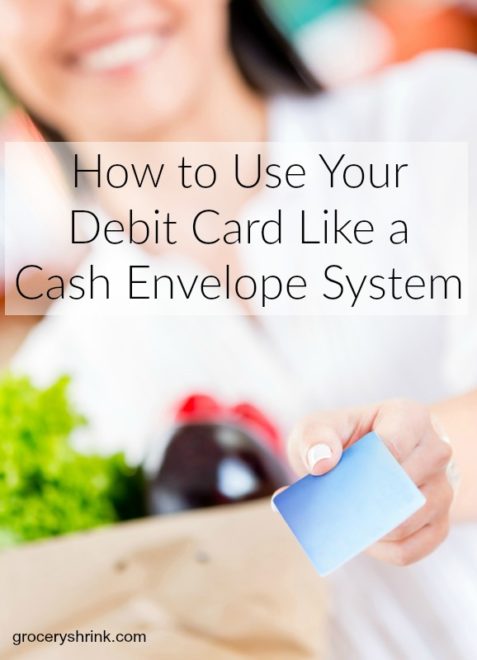
Last week Ann asked a question that deserves it’s own post: “The envelope system wasn’t realistic for us. We do a lot of our household purchasing online, not at a ‘brick and mortar’ store. Also, paying utilities and rent with cash would be extremely inconvenient as opposed to writing a check or paying online. I actually tried a system like your sister’s once (it was on a whim and just an idea I had) but it got to complicated and tedious to stick with and became so it wasn’t worth it to me. Would you share your thoughts on online and utility transactions with the envelope system? Thanks!”
I do a majority of my shopping online too, especially when things are really busy. We still use the cash system to keep ourselves accountable with the budget. When I purchase with a debit card or online, I immediately take the cash out of the corresponding budge envelope and put it in an envelope to take back to the bank. If we are low on funds, I take the money back right away. If not, we save the cash to fund part of our envelopes with the next month.
There are several things we budget for only virtually and don’t carry an envelope for. This includes our utilities which are auto drafted from our checking account and gas which we use our debit card for. These are things that budgeting a different amount for won’t change the reality. Unlike food or clothing that we could make different choices to drastically reduce spending.

I use the same cash back to the bank method for my Target Red Card. It’s a debit card and using it saves me an extra 5% plus offers perks like free shipping online. Since I have to move the cash right away that keeps me from overspending just because there are perks to the card. I wrote more about Target Red Cards here.




